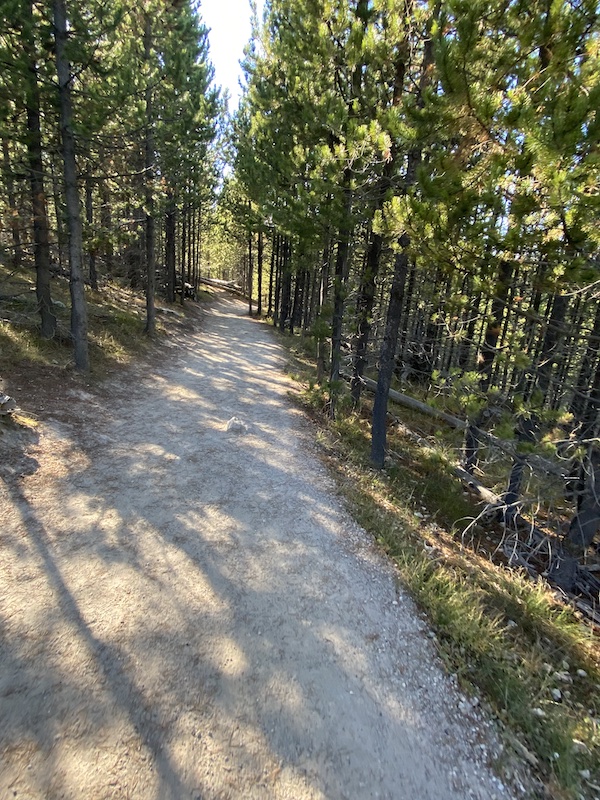1 Way to Stay on Course

My husband and I stood at the end of the discernible trail—looking first at each other and then at the forest floor. A ways back, the path had forked. Our guidebook made no mention of this, and—like the diverging paths in Robert Frost’s The Road Not Taken—the two had been worn about the same. We had to make our best guess. This, when you’re on the way to an actual place, is not the dream Frost’s poetic rendering makes it out to be.
Turns out, we’d taken a social trail.
While we weren’t lost, we were no longer on a trajectory that would take us to our desired destination. Fixing it wasn’t going to be difficult. All we had to do was turn around, follow the path back to the fork, and join the real trail.
Unlike formal trails, which are created and maintained with intention and attention, social trails are simply worn by foot traffic. Whether by wildlife who wander where they will or people who walk where they want, social trails start small and widen with use. The wider they get, the more legit they look. Hikers can go a long way down a false trail, burning daylight and energy reserves on a path that’s taking them nowhere.
This isn’t only a backcountry phenomenon. It happens in life. Out on the trail, it’s obvious. When a single path diverges into two, hikers have to choose. In life, though? There, it’s easy to stray off onto one social trail after another.
Autopilot: How Not to Stay on Course
Even when we know where we’re headed—our purpose, our goals, the purpose of our goals–it’s tough to stay on course. In a moment of boredom or distraction, we can lose our trail without even noticing. Add a little autopilot to the mix and we can be a long, long way down the path before we discover just how far we’ve drifted and how much time and energy we’ve burned in the process of not heading where we want to go.
Autopilot is great for mechanical things, but not for the human soul. Daily life’s social trails cling just a little too close to our path for that to work. Navigating them requires us not only to know where we want to end up but also to be aware of where we are right now. Autopilot won’t tell us that. It can’t. This is why we’re called to an attentive faith—a sober-minded, watchful faith that will help us stay on course. We have an enemy. He’s on the prowl. (1 Peter 5:8-9) And he loves to see us distracted—unaware, drifting, and losing our way by degrees.
It happens.
And while finding our way back may not be as simple as for my husband and me that day on the trail, it’s not hopeless. It never is. Whether we’re trying to make our way back or keep to the original trail, one of the best practices I’ve found is to know where I am. And the best way I’ve found to do that is to hold tight to navigational control rather than abdicate it to autopilot.
Pause & Reflect
We’re at the threshold of a new year. It’s a good time to pause and reflect, as Dan sometimes says. Take some time to look at the landscape of your life. Evaluate where you are in light of where you’ve been and where you want to be. Here are a few questions to get you started:
- Where are you? (As in, where are you standing or sitting right now?)
- What have you been walking through? (Make a list. There’s usually more going on than we realize.)
- What are you walking toward? (Are you headed toward your desired destination?)
- Have you been on autopilot? If so, what needs to change?
- What’s the first step can you take toward correcting your course?
Let us know where you are or what you discovered. We’d love to hear.
happy trails ~
Natalie





